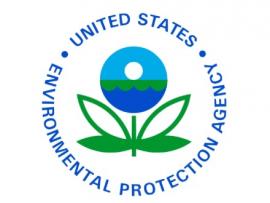- Community
-
- About Sherwood Sherwood Heritage Center Chamber of Commerce Marjorie Stewart Center Sherwood Center for the Arts Sherwood YMCA Family Resources
- Events and Activities City Calendar Library Events Community Events Event Permits Monument Posting Request Community Meeting Rooms Recreation Parks and Trails Directory Recreation Programs Sherwood Fieldhouse
- Community Field House Sherwood Demographics Sherwood School District Sherwood Youth Sports Utilities Volunteer Opportunities Highway 99 Pedestrian Crossing Public Safety Police Tualatin Valley Fire & Rescue
-
- Business & Development
- Government
-
- City Council Boards and Committees Urban Renewal Agency Agendas and Minutes Municipal Code Public Records
- Building City Attorney City Manager Code Compliance Community Development Community Services Economic Development Emergency Management Engineering
- Finance Human Resources Library Municipal Court Parks & Recreation Planning Police Public Works Utility Billing
-
- Online Services
-
- Job Opportunities Utility Billing Alerts & Notifications Email Subscriptions Sherwood Flash Alert Police Flash Alert Events and Meetings Agendas and Minutes Calendar
- Contact the City Submit a Request or Concern City Offices Municipal Code Documents and Forms Documents and Reports Forms and Applications
- Social Media
-
EPA on Water Quality
Drinking water and bottled water may reasonably be expected to contain at least small amounts of some contaminants. The presence of contaminants does not necessarily indicate that water poses a health risk. To ensure that tap water is safe, the federal Environmental Protection Agency (EPA) sets regulations that limit the amount of certain contaminants in water provided by public systems. The Food and Drug Administration (FDA) establishes similar limits for bottled water. Some people may be more vulnerable to contaminants in drinking water than the general populations.
Immuno-compromised people, such as those with cancer undergoing chemotherapy, people who have undergone organ transplants, people with HIV/AIDS or other immune system disorders, some elderly people, and infants can be particularly at risk from infections. These people should seek advice about drinking water from their health care providers. EPA/CDC (Center for Disease Control) guidelines on appropriate means to lessen the risk of infection by cryptosporidium and other microbial contaminants are available from the EPA’s Safe Drinking Water Hotline at 1 800-426-4791.
"Contaminant" refers to any substance that may be found in water. As water travels over the surface or through the ground, it dissolves naturally occurring minerals and, in some cases, radioactive material. It can also pick up substances resulting from the presence of animals or human activities. Contaminants that may be present in source water (water that hasn’t been treated) include biological contaminants, such as viruses and bacteria; inorganic contaminants, such as salts and metals; pesticides and herbicides; organic chemicals from industrial or petroleum use; and radioactive materials. To ensure that tap water is safe to drink, the EPA prescribes regulations which limit the amount of certain contaminants in water provided by public water systems.
Proceed to Water Quality ContaminaNTs>>> |





